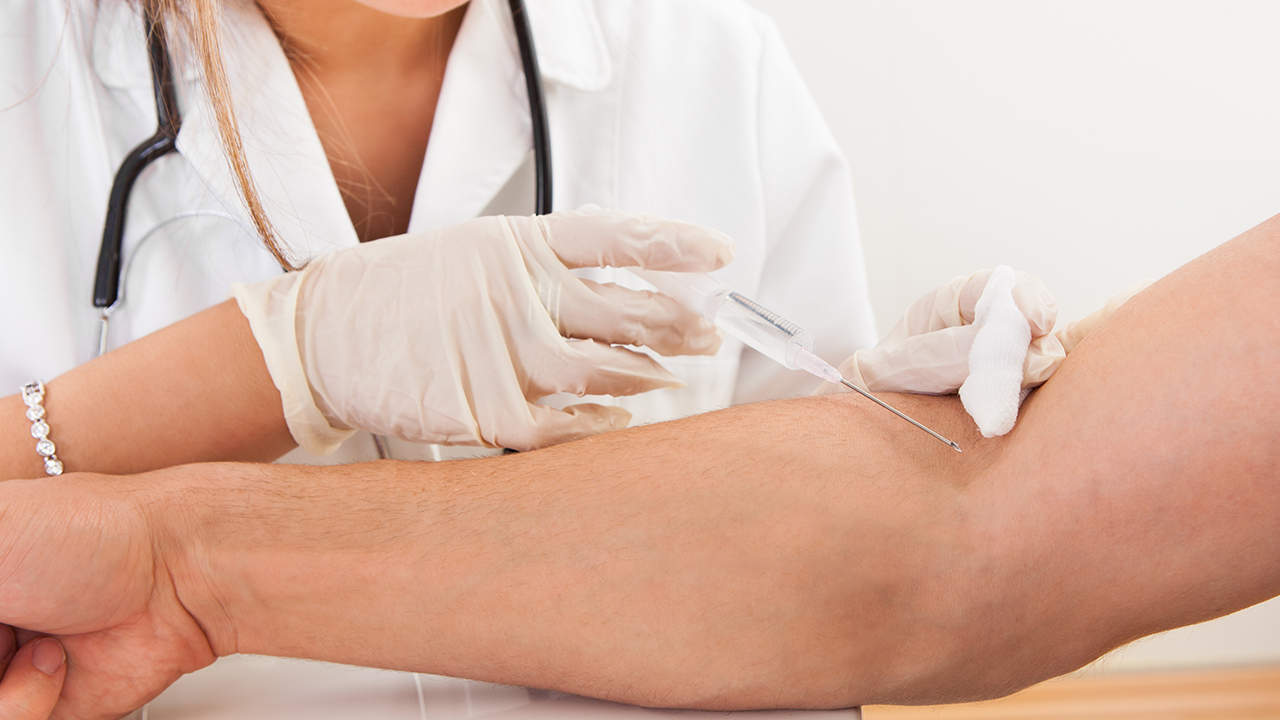There are four types of uterine fibroids

Uterine fibroids are noncancerous growths that develop in the uterus. They are the most common type of tumor in women, and they can range in size from a small pea to a large grapefruit.
There are four types of uterine fibroids:
1. Intramural fibroids are the most common type of fibroid. They grow within the muscular wall of the uterus.
2. Subserosal fibroids grow on the outside of the uterus. They can be attached to the uterus by a stalk or they can be completely free-floating.
3. Submucosal fibroids grow within the lining of the uterus. They can cause heavy bleeding and pain during menstruation.
4. Pedunculated fibroids are attached to the uterus by a stalk. They can grow to be quite large and can cause pain and discomfort.
Uterine fibroids can cause a variety of symptoms, including:
Heavy bleeding during menstruation
Pain during menstruation
Pelvic pain
Frequent urination
Constipation
Difficulty getting pregnant
Miscarriage
The exact cause of uterine fibroids is unknown, but they are thought to be caused by a combination of genetic and hormonal factors. Estrogen and progesterone, two hormones that are produced by the ovaries, can stimulate the growth of fibroids.
Uterine fibroids are diagnosed with a pelvic exam and an ultrasound. In some cases, a biopsy may be necessary to rule out other conditions.
There are a variety of treatment options for uterine fibroids, depending on the size, location, and symptoms of the fibroids. Treatment options include:
Medication can be used to shrink fibroids or to relieve symptoms.
Surgery may be necessary to remove fibroids that are causing severe symptoms.
Uterine artery embolization (UAE) is a minimally invasive procedure that blocks the blood supply to fibroids, causing them to shrink.
Focused ultrasound surgery (FUS) is a non-invasive procedure that uses ultrasound waves to destroy fibroids.
The best treatment option for uterine fibroids will depend on the individual patient's circumstances. If you are experiencing symptoms of uterine fibroids, talk to your doctor about the best treatment option for you.
What are the symptoms of uterine fibroids?
Uterine fibroids can cause a variety of symptoms, including:
Heavy bleeding during menstruation is the most common symptom of uterine fibroids. Fibroids can cause the lining of the uterus to become thicker, which can lead to heavier bleeding during menstruation.
Pain during menstruation is another common symptom of uterine fibroids. Fibroids can press on the nerves in the uterus, causing pain.
Pelvic pain can be caused by uterine fibroids that are pressing on the bladder, rectum, or other organs in the pelvis.
Frequent urination can be caused by uterine fibroids that are pressing on the bladder.
Constipation can be caused by uterine fibroids that are pressing on the rectum.
Difficulty getting pregnant can be caused by uterine fibroids that are blocking the fallopian tubes.
Miscarriage can be caused by uterine fibroids that are interfering with the development of the fetus.
What are the risk factors for uterine fibroids?
The following factors can increase your risk of developing uterine fibroids:
Age: Uterine fibroids are most common in women between the ages of 30 and 50.
Race: African American women are more likely to develop uterine fibroids than women of other races.
Family history: Women who have a family history of uterine fibroids are more likely to develop the condition themselves.
Obesity: Obese women are more likely to develop uterine fibroids than women who are not obese.
Certain medical conditions: Women who have certain medical conditions, such as endometriosis or polycystic ovary syndrome (PCOS), are more likely to develop uterine fibroids.
How are uterine fibroids diagnosed?
Uterine fibroids are diagnosed with a pelvic exam and an ultrasound. During a pelvic exam, your doctor will feel the uterus for any lumps or growths. An ultrasound is a painless procedure that uses sound waves to create images of the uterus and ovaries.
In some cases, a biopsy may be necessary to rule out other conditions. A biopsy is a procedure in which a small sample of tissue is removed from the uterus and examined under a microscope.
How are uterine fibroids treated?
There are a variety of treatment options for uterine fibroids, depending on the size, location, and symptoms of the fibroids. Treatment options include:
Medication can be used to shrink fibroids or to relieve symptoms. Medications that are used to treat uterine fibroids include:
Nonsteroidal anti-inflammatory drugs (NSAIDs) can be used to relieve pain and inflammation.
Hormonal contraceptives can be used to regulate menstrual bleeding and to shrink fibroids.
Gonadotropin-releasing hormone (GnRH) agonists can be used to shrink fibroids by blocking the production of estrogen and progesterone.
Surgery may be necessary to remove fibroids that are causing severe symptoms. Surgery can be performed through an incision in the abdomen (open myomectomy) or through the vagina (hysteroscopic myomectomy).
Uterine artery embolization (UAE) is a minimally invasive procedure that blocks the blood supply to fibroids, causing them to shrink. UAE is performed by inserting a catheter into the uterine artery and then injecting small particles into the artery to block the blood flow.
Focused ultrasound surgery (FUS) is a non-invasive procedure that uses ultrasound waves to destroy fibroids. FUS is performed by focusing ultrasound waves on the fibroids, causing them to heat up and die.
The best treatment option for uterine fibroids will depend on the individual patient's circumstances. If you are experiencing symptoms of uterine fibroids, talk to your doctor about the best treatment option for you.
The above is all the content that the editor wants to share with you. I sincerely hope that these contents can bring some help to your life and health, and I also wish that your life will be happier and happier.
Topic: #four #are #there














